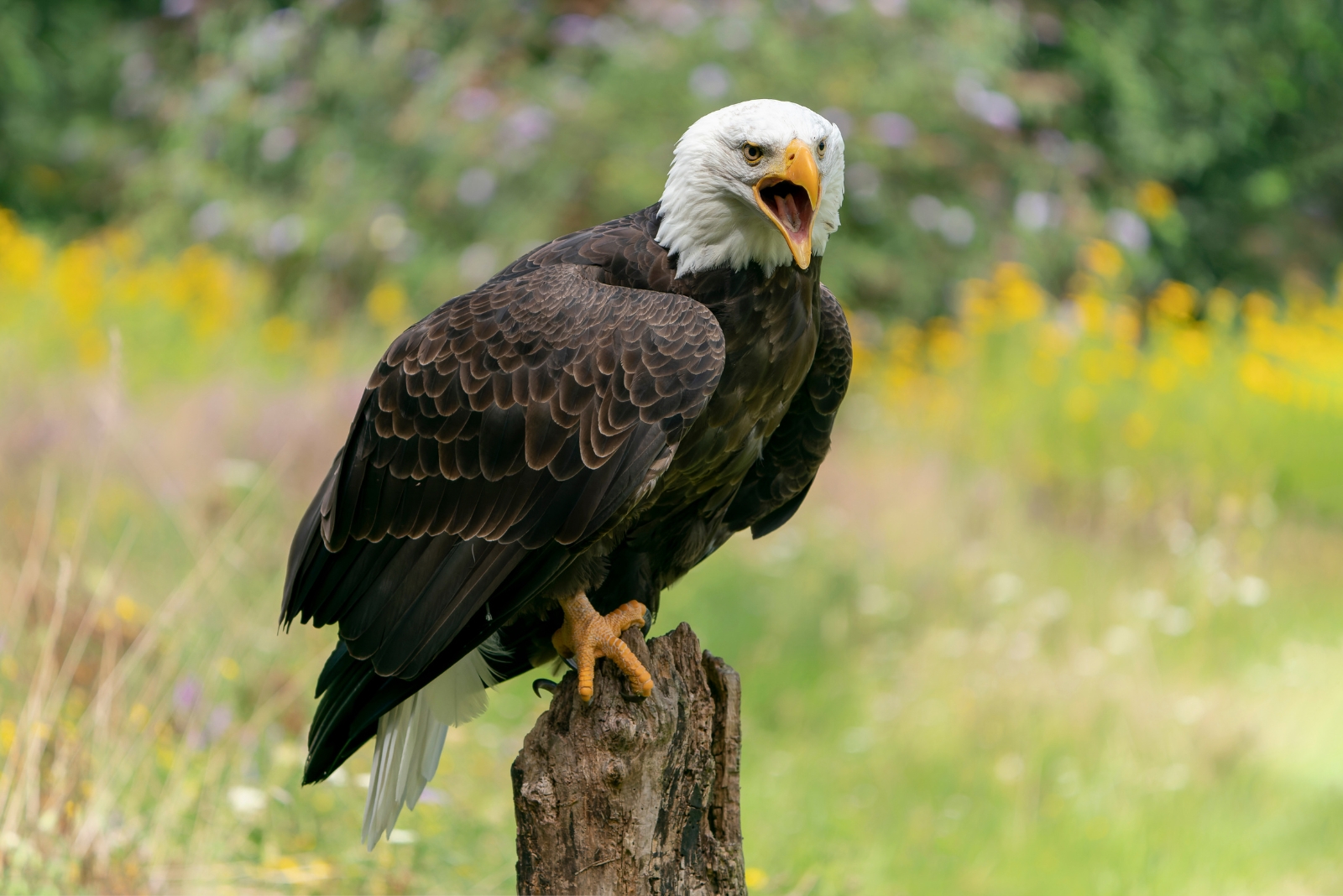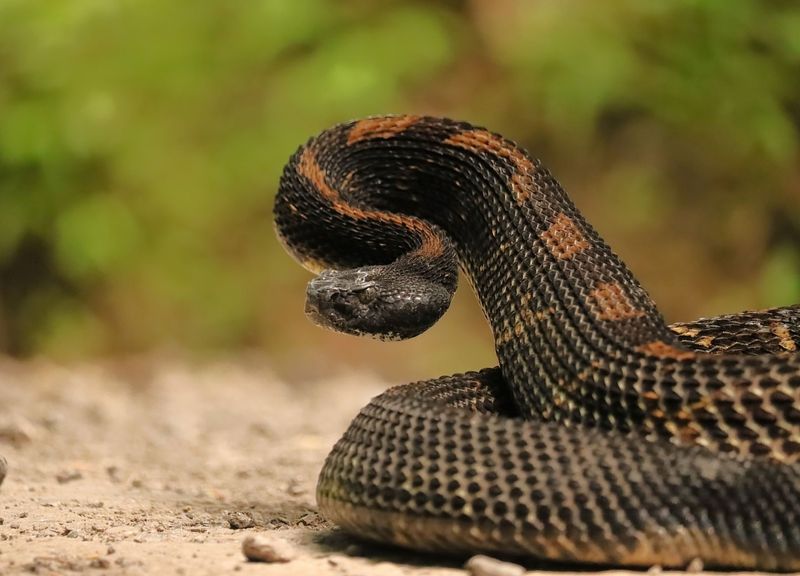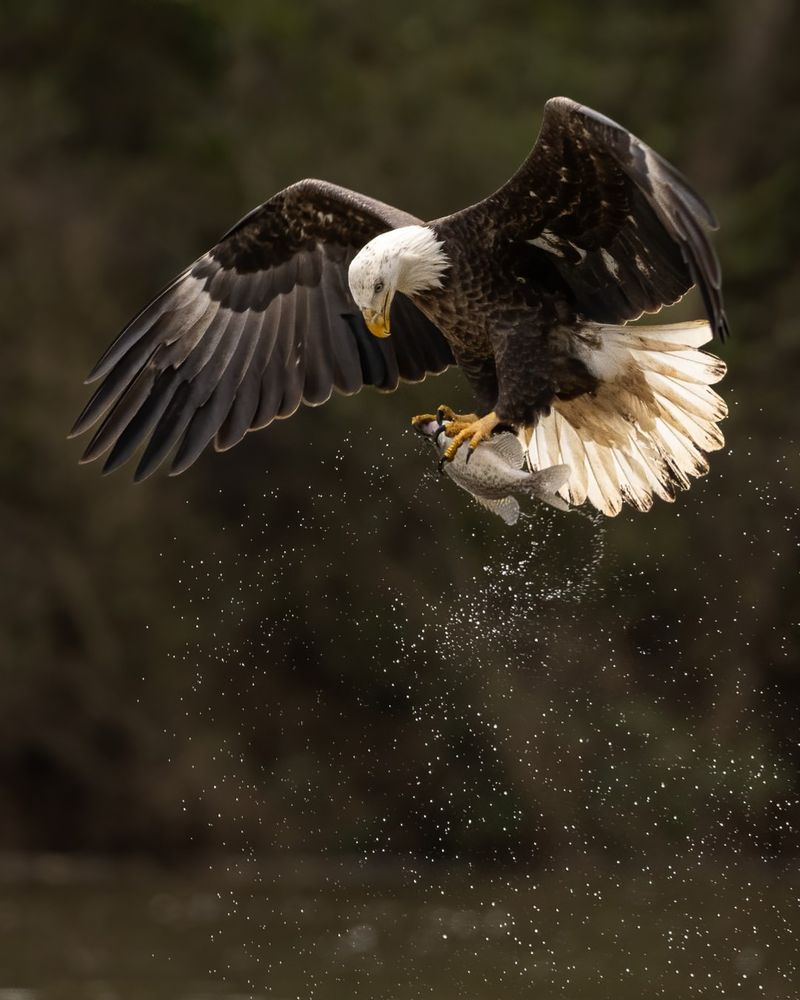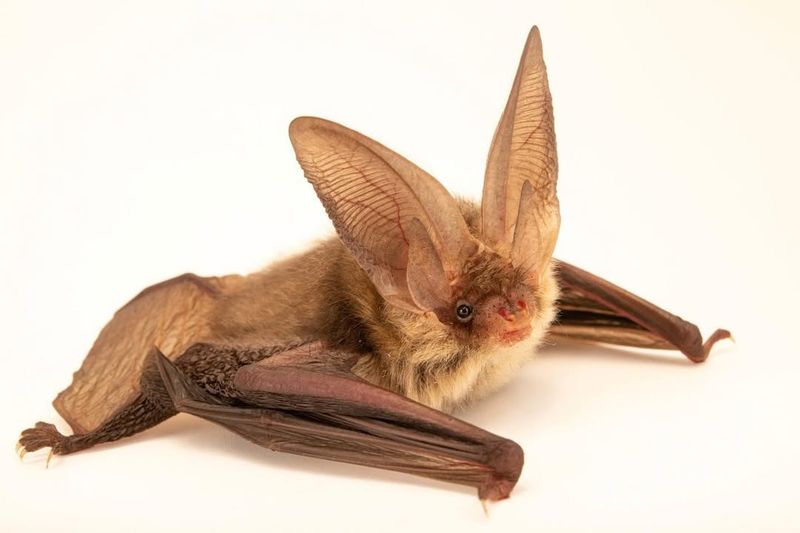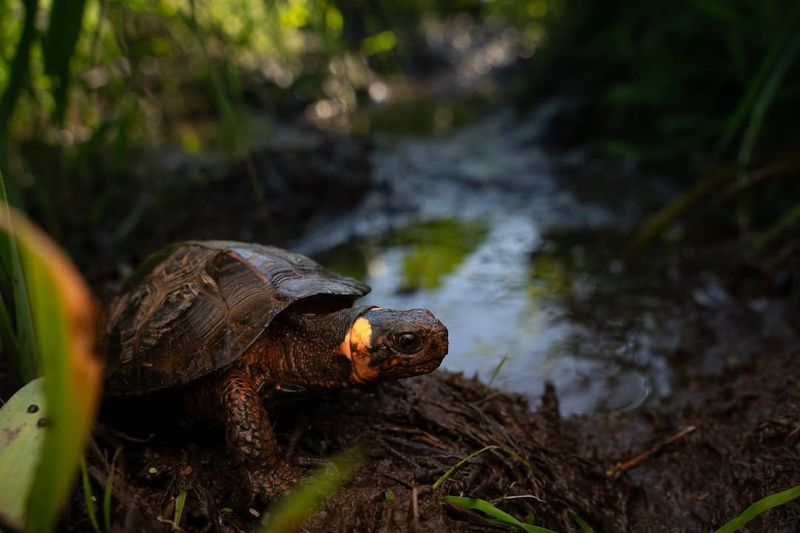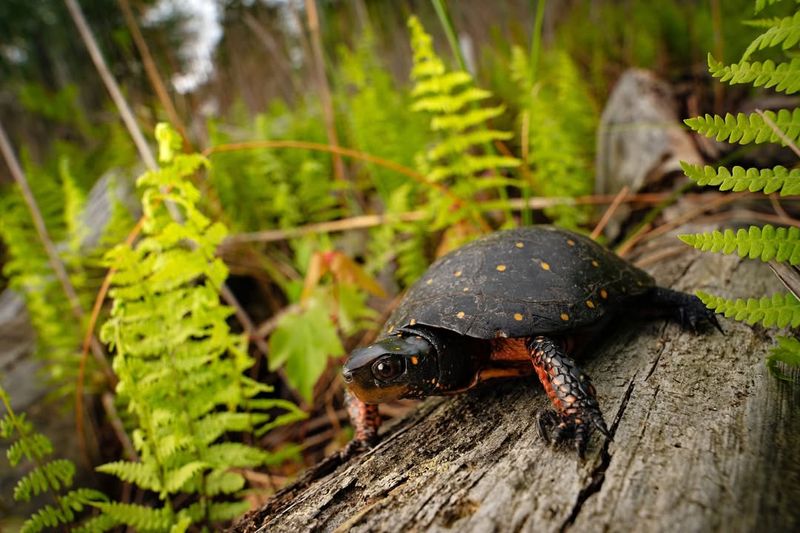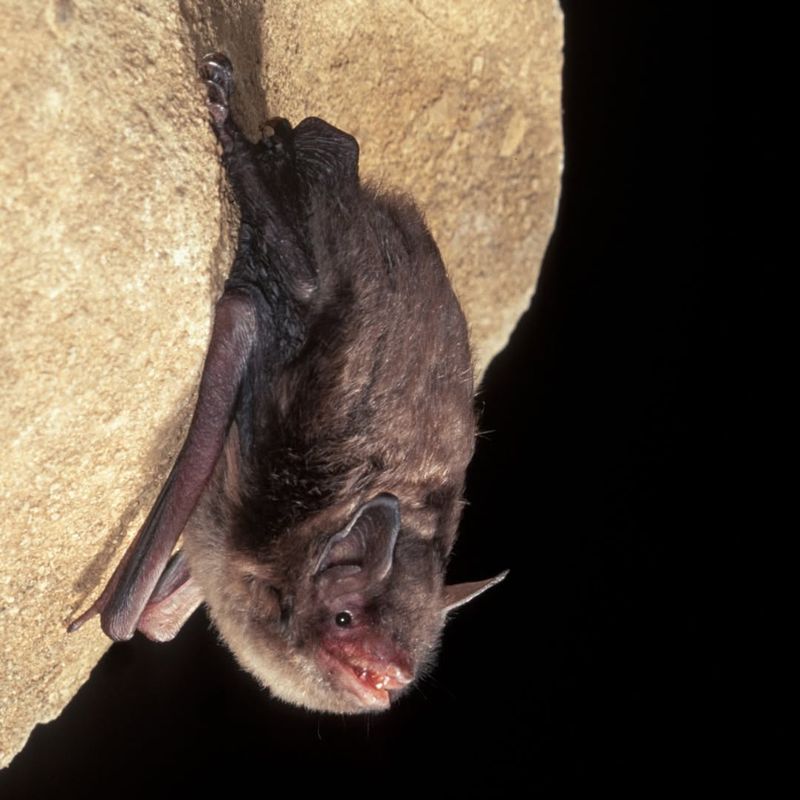Connecticut backyards can turn into little wildlife hubs without you even noticing. Some of the animals that wander through play an important role in keeping your outdoor space balanced.
A few of them are so beneficial that removing them can harm the whole ecosystem. These creatures deserve a bit of understanding and space.
1. Eastern Box Turtle
Spotting one of these colorful turtles crossing your Connecticut yard might seem like a rare treat, and it truly is. Box turtles have been around for millions of years, but their numbers are dropping fast.
Connecticut law strictly protects them because they reproduce slowly and face habitat loss. Moving them even a short distance can confuse their internal navigation system.
If you find one on your property, simply let it pass through naturally. They eat slugs and insects, making them helpful garden visitors.
2. Little Brown Bat
Discovering bats in your Connecticut attic can feel unsettling, but these tiny mammals play a crucial role in controlling mosquito populations. A single bat can consume thousands of insects each night.
White-nose syndrome has devastated bat populations across the state, making them protected under wildlife conservation laws. Removing them yourself is illegal and can result in serious penalties.
Instead, contact licensed wildlife professionals who use humane exclusion methods. Patience pays off, as bats naturally leave to hunt at dusk.
3. Timber Rattlesnake
With their distinctive rattles and bold patterns, timber rattlesnakes command respect throughout Connecticut’s rocky hillsides. These shy reptiles prefer avoiding humans and only strike when cornered or threatened.
Connecticut lists them as endangered, meaning harming or relocating them carries steep fines and possible criminal charges. Their population has shrunk dramatically due to habitat destruction and human fear.
Encountering one on your property means backing away slowly and giving it space. They control rodent populations effectively and rarely venture near homes.
4. Red-Shouldered Hawk
Hearing their distinctive call echoing through Connecticut forests signals the presence of these magnificent raptors. Red-shouldered hawks build large stick nests in mature trees and return to the same territories year after year.
Federal law protects all birds of prey under the Migratory Bird Treaty Act, making their removal or nest disturbance illegal. They hunt rodents, snakes, and small mammals around residential areas.
Appreciate them from a distance if they nest near your Connecticut home. Their presence indicates a healthy ecosystem worth preserving.
5. Wood Turtle
Sculptured shells and bright orange skin on their necks make wood turtles one of Connecticut’s most beautiful reptiles. They spend time both in water and wandering through forests, sometimes appearing in yards near streams.
State regulations prohibit collecting, harming, or moving these turtles because their populations have declined significantly. Habitat fragmentation and illegal pet trade threaten their survival.
Connecticut residents should observe them without interference. Wood turtles are curious and intelligent, often investigating their surroundings with remarkable awareness and caution.
6. Bald Eagle
Once nearly extinct, bald eagles have made an incredible comeback across Connecticut waterways. Seeing one soaring overhead or perched in a tall tree represents a conservation success story worth celebrating.
Both federal and state laws protect these national symbols, with severe penalties for disturbing them or their nests. They typically nest near large bodies of water where fish are plentiful.
Connecticut homeowners near eagle territories should maintain respectful distances. Binoculars allow amazing views without causing stress to these recovering populations that continue growing each year.
7. Northern Long-Eared Bat
Those exceptionally long ears are not just for show—they help these bats navigate and hunt with incredible precision. Northern long-eared bats face serious threats from white-nose syndrome, which has reduced their numbers drastically.
Federal endangered species protections make it illegal for Connecticut homeowners to disturb or remove them. They roost in trees, barns, and occasionally homes during summer months.
Professional wildlife experts must handle any removal situations. These bats prefer eating moths and beetles, providing natural pest control throughout Connecticut’s warm seasons without asking for anything.
8. Bog Turtle
As North America’s smallest turtle species, bog turtles barely reach four inches long. That bright orange or yellow blotch on their neck makes them instantly recognizable in Connecticut’s wetland areas.
Critically endangered status means touching or moving them is absolutely prohibited under both state and federal law. Wetland development and illegal collection have pushed them toward potential extinction.
Connecticut property owners with wetlands might host these rare turtles. Preserving their marshy habitats helps ensure future generations can witness these tiny treasures in the wild.
9. Spotted Turtle
Bright yellow spots scattered across a dark shell make spotted turtles look like they’re wearing polka dots. Connecticut wetlands provide essential habitat for these small turtles that prefer shallow, slow-moving water.
Protected by state law, removing or harming them results in legal consequences. Their populations struggle due to wetland loss and road mortality during breeding season.
Finding one in your Connecticut yard means you live near important turtle habitat. Keeping pets away and preserving wet areas helps these charming reptiles survive and thrive naturally.
10. Indiana Bat
Weighing less than three pennies, Indiana bats are surprisingly tiny. They hibernate in caves during winter and spend summers in Connecticut forests, roosting under loose tree bark.
Federal endangered species status provides maximum legal protection, making any disturbance a serious offense. White-nose syndrome continues threatening their already fragile populations across the state.
Connecticut homeowners rarely encounter them, but when they do, professional help is mandatory. These bats consume countless agricultural pests, providing economic benefits to farmers and gardeners throughout the region each night.

